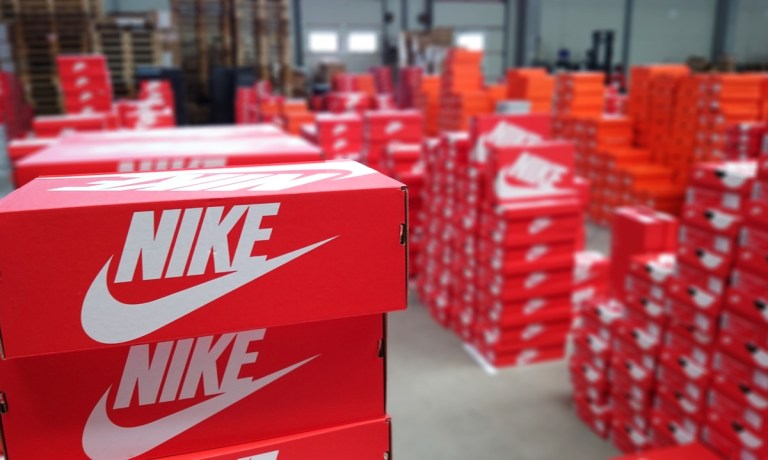
Within the spectrum of problems facing retailers right now, Nike’s predicament of being the most sought-after and recognized brand in the world would seem to be a pretty good one.
And yet, the $200+ billion athletic shoe, apparel and equipment maker finds itself in a bit of funk as it prepares to announce its fiscal third-quarter earnings results for the December through February period after the close of business Monday (March 21).
Leading into the report, shares of Nike have fallen 25% since hitting an all-time high of $179 in early November — a momentary blip that marked a tripling of its stock price from the lockdown low of $60 set in March 2020.
Analysts, on average, are looking for a modest 3% increase in revenue this quarter to $10.6 billion from a year ago at a time when core inflation is running at close to 8%.
“NIKE, INC. IS A GROWTH COMPANY” the Oregon-based shoe giant’s investor relations page blares. “We create innovative, must-have products. We build deep, personal connections with consumers. And we deliver an integrated marketplace with compelling retail experiences,” the landing page adds, in what appears to be a message of self-reassurance as much as a reminder to the world of its unmatched stature.
Three months ago, Nike CFO Matt Friend told investors that the biggest driver of sales and margins last quarter was the higher-than-expected level of full price realization and lower than predicted markdown rates for the holiday season.
”We were surprised by it,” Friend said, “and it is just reflective of the strength of the brand and the connections that we’ve got with consumers.”
Inflation vs $150 Sneakers
At a time when 6 in 10 households are living paycheck to paycheck and inflation is poised to rise to levels not seen since 1980 as a result of record high gasoline and other commodity prices, belt-tightening has become a national obsession for consumers.
To that point, whether or not consumers are able — and willing — to spend $150 or more for a trendy new pair of sneakers remains to be seen, and will surely be a key source of inquiry for analysts later today.
The same logic applies the company’s Swoosh-branded apparel too, including its recently redoubled effort to focus on women and the burgeoning yoga gear market where it finds itself in an increasingly competitive fight with category leader Lululemon. In fact, the two are currently involved in a lawsuit — not over apparel or shoes — but over technology and patent dispute over Lulu’s recently acquired Mirror home workout system.
At the same time, while Nike has yanked its gear out of Russia, investors will be eager to hear how it is faring in China, where trade sanctions linger and COVID is still disrupting daily life.
Ongoing supply chain and manufacturing constraints will also be top-of-mind for investors, as will anything related to Nike’s ongoing shift to grow its more lucrative D2C business and flex its brand muscle and pricing power. There is also the growing popularity of secondhand sneakers as evidenced by the impending IPO of resale category leader StockX, as well as customization platforms which add their own aftermarket refinements to regular off-the-shelf footwear that often command huge price premiums.
To be fair, Nike is not alone in its recent decline as Adidas, Under Armour and Sketchers are all down about 20% to 30%, at a time when the S&P 500 Index has shed about 5%.